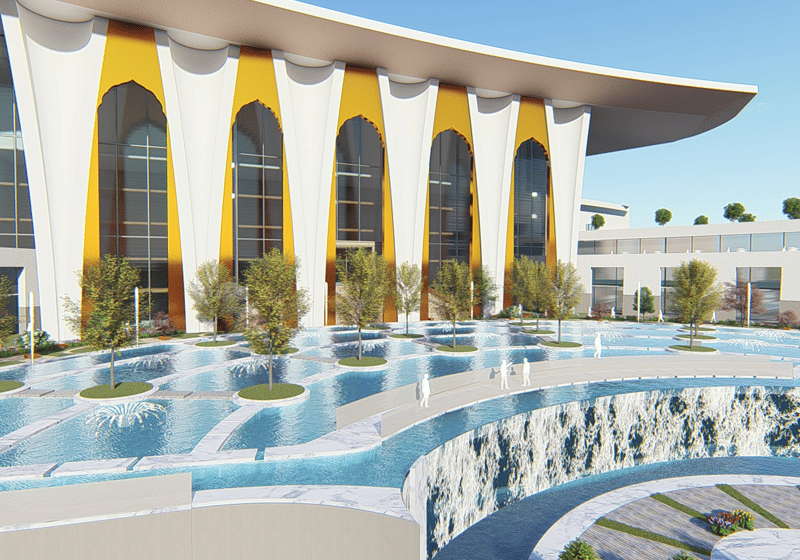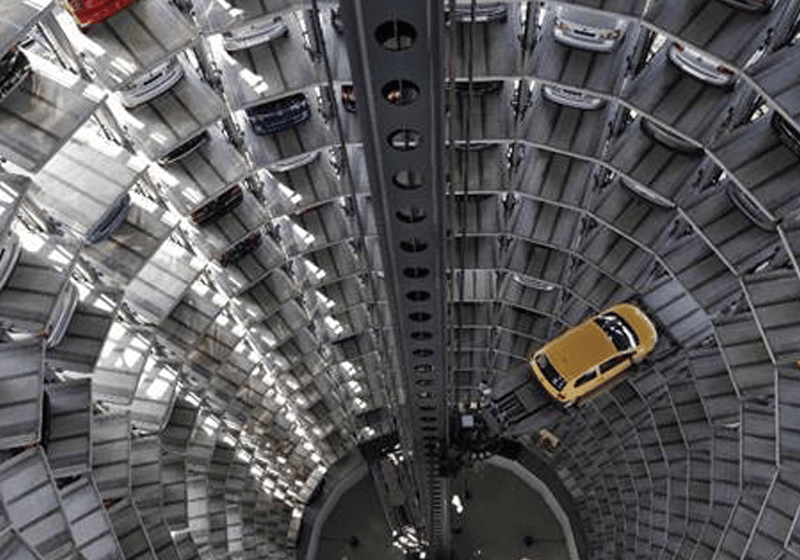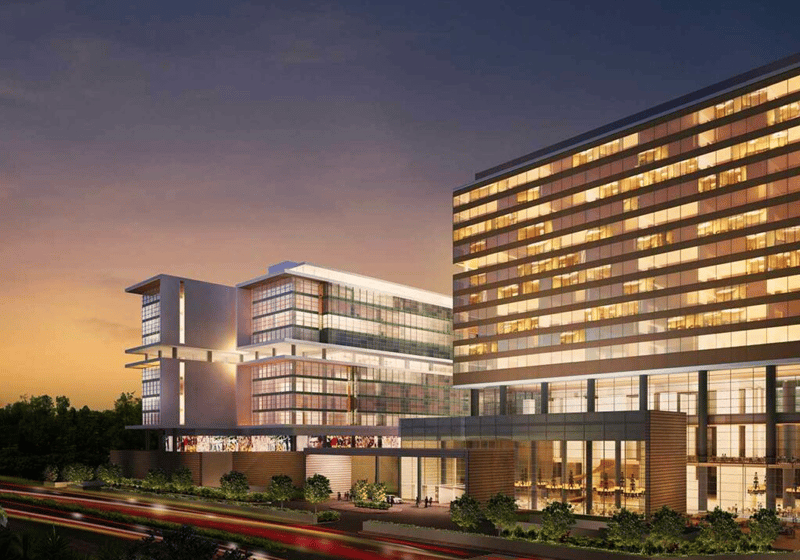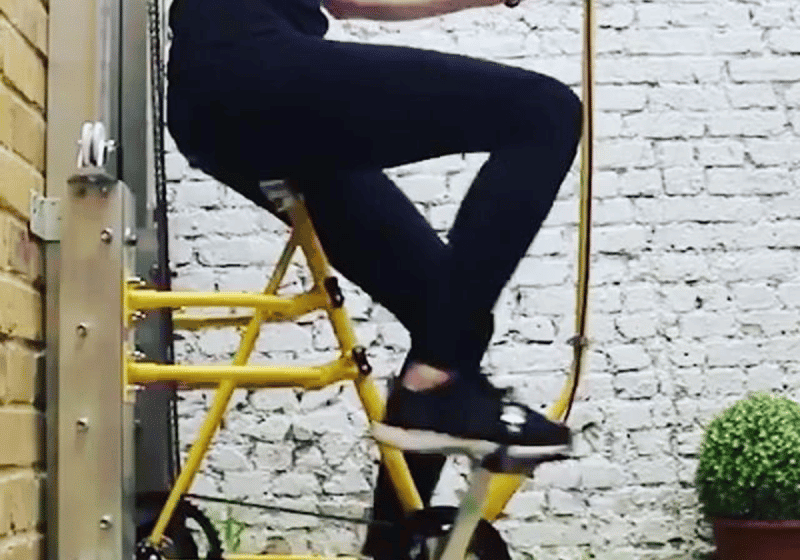Inclined, residential elevators gaining in popularity.
With the Indian economy becoming more and more robust and increasing developments across the country, there are bound to be more activities in the field of vertical transportation (VT).
VT does not mean only lifts or escalators. Ropeways, inclined elevators, home elevators, stair elevators and stack parking systems are also means of transportation, and are being installed in large numbers. The government development plans for Himalayan Hill areas like Jammu and Kashmir, Leh Ladakh, Arunachal, Sikkim and Mizoram will provide a boost to the demand for inclined elevators. Even the development of tourist destinations, such as forts, hillside temples, shakti peeth and historical places adds to the requirement of inclined elevators.
Affordability, increased health issues and life expectancy of senior citizens are the main driving forces for the residential lifts market. For many, these elevators are considered a luxury.
Inclined elevators are the best substitute for ropeway/cablecar systems. The cost of ropeways starts at about INR3 billion (US$40.9 million) onwards, depending on length of travel, capacity and inclination. The business potential can be well understood from the unit cost in the available market.
Residential or personal elevators have already penetrated the Indian market. The home elevator requirement is about 25% of the total elevator business in the country and comes to about INR25 billion (US$340 million). The total elevator business in India is around 75,000 units worth approximately INR100 billion (US$1.4 billion).
Affordability, increased health issues and life expectancy of senior citizens are the main driving forces for the residential lifts market. For many, these elements are considered a luxury. All types of home elevators are available on the Indian market, which includes traction machines, hydraulic systems and pneumatic elevators. The residential elevator industry is well-established with government initiatives and the introduction of rules and regulations to regulate the safety of such elevators.
An upcoming trend is toward stair and chair elevators, which are most suited for bungalows, duplex flats and places where there is level difference between two floors. They are useful, however, for one person at a time, so they can be termed personal elevators. These are simply chair arrangements moving along the stairs on the railing. They typically do not require any additional space, and their operation is very simple, usually requiring only a single-phase power supply. The system is very helpful for older and disabled people.
The parking-space problem and increase in four-wheeler presence have created demand for multilevel car parking/stack parking systems. Stack parking has become part of many multistoried buildings, and it is now compulsory for builders to provide parking for every flat owner, mainly in large metros. Industry sources say the car-parking industry is estimated to be INR20 billion (US$273 million).
There are eight major players in the market, including Bohr, Klaus, RR and several others that hold a 50% share of the Indian market. The remaining 50% is shared by small, localized manufacturers and suppliers. With an increase in the number of stack parking units, failures and accidents are also increasing. The increased demand calls for attention from government agencies to regulate installations and maintenance to avoid accidents. It is, therefore, the right time for the government to act upon and come out with some regulations.
Get more of Elevator World. Sign up for our free e-newsletter.







